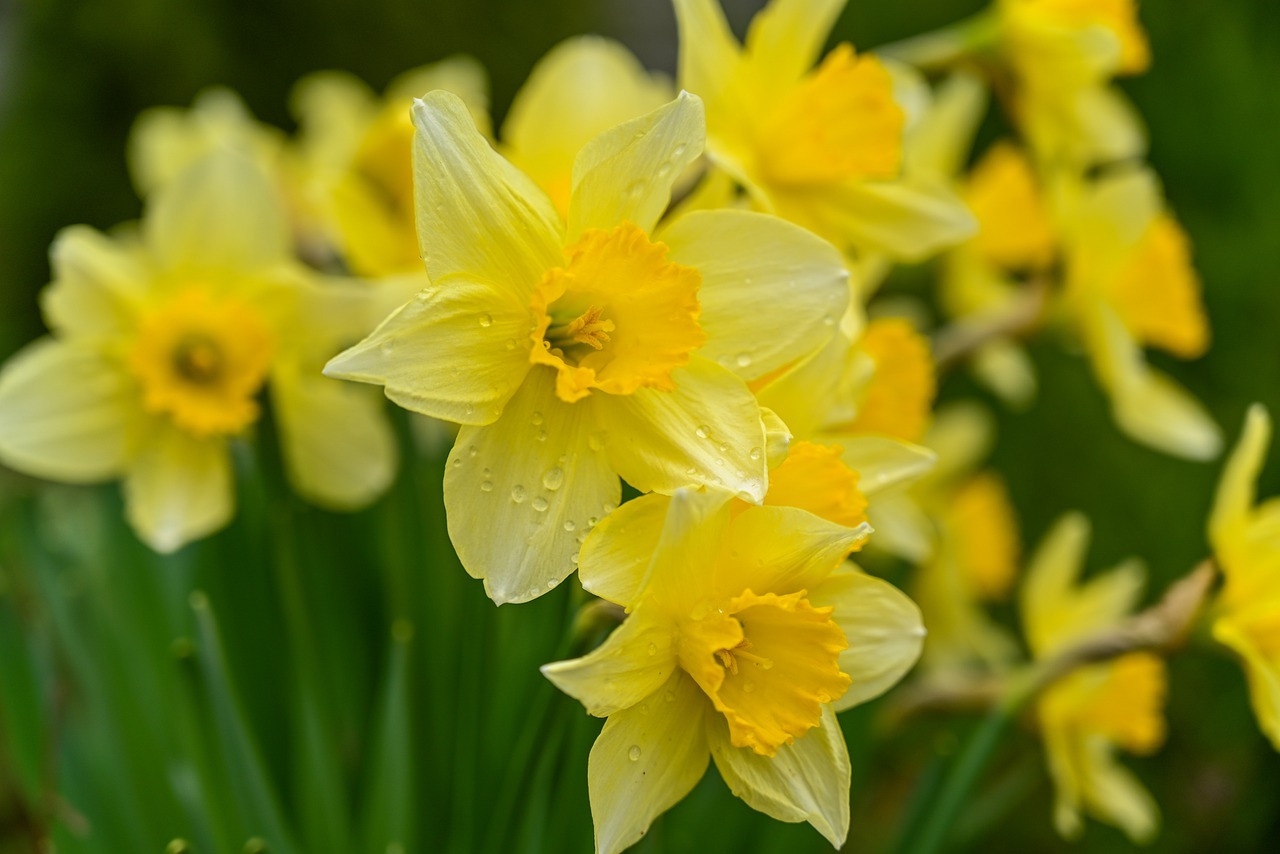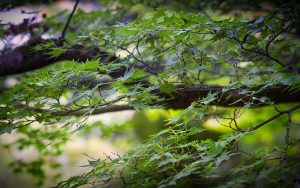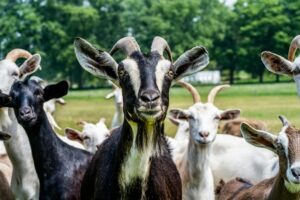Shop the Fall Plant Sale for
Bulbs Selected by Our Experts
to Bloom in Your Garden!Friday, Oct. 7 – 2 – 6:30 pm
Saturday, Oct. 8, 9 am – 2 pmMember’s Only Presale
Thursday, Oct. 6, 2 – 6:30 pm
Members get a head start
on shopping plus
10 percent off their purchase.Not yet a member?
Join today!
A sigh of relief can be heard across North Texas that the heat wave has broken. We know to expect more hot days in September, but with Labor Day behind us, cooler weather is just around the corner.
That means it’s time to think about spring!
No, we’re not crazy, and yes, we know it’s not yet autumn. But now is the time to ensure a gorgeous spring by planting bulbs.
“Bulbs reward those who plan ahead,” says Sr. Horticulturist Steve Huddleston. “Purchase them now, then get them in the ground in November and December, and you’ll have a wonderful show in February and March.”
Bulbs will be on sale at the Garden’s fall plant sale the first weekend in October, including many of the varieties highlighted below. Now is also a great time to shop for bulbs at garden centers and to order from nurseries.
Bulb basics
Start by considering the best location for your bulbs.
Almost all bulbs perfer full sun, although some will tolerate the sort of dappled shade found beneath deciduous trees. (If you have a shady spot where you want to plant bulbs, look for Siberian squill, or Scilla siberica. A good cultivar for our region is ‘Spring Beauty;’ It has deep blue flowers and prefers shade.)
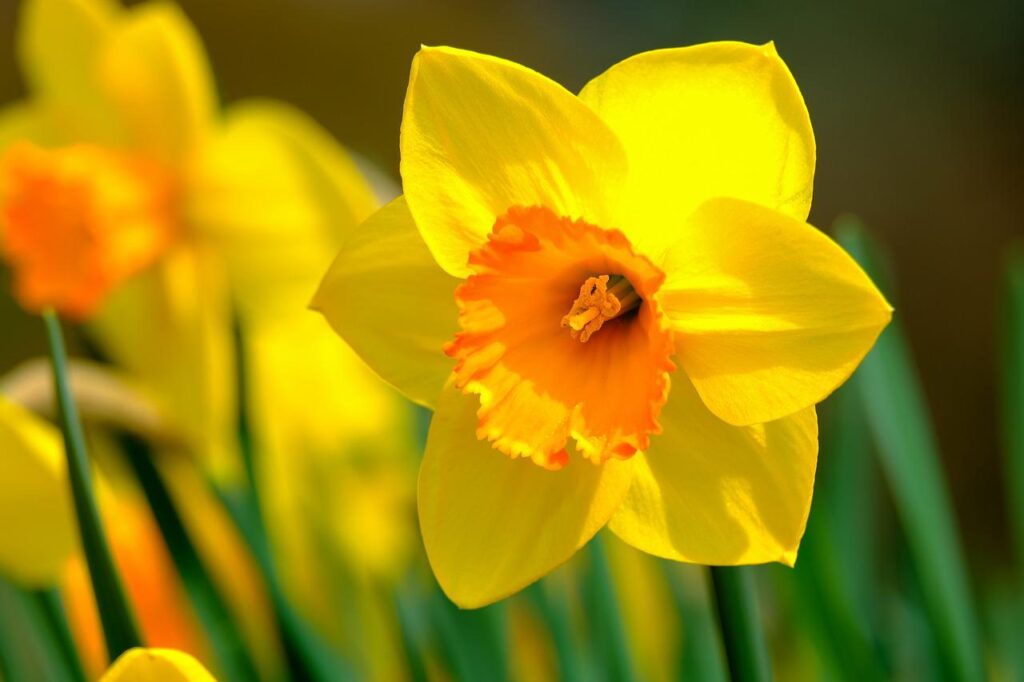
Bulbs prefer well-drained, organically enriched soils, although the varieties recommended in this article will tolerate our the clay soils found across the region. You can rarely go wrong improving your soil with expanded shale and organic matter such as compost and pine bark mulch.
The rule of thumb for planting bulbs is three times the bulb’s height, but err on the side of shallow if your soil is particularly dense.
Experts differ on the value of fertilizing bulbs. Scott Ogden, author of the widely respected Garden Bulbs for the South, recommends dispensing with fertilizing altogether. Other sources recommend fertilizing bulbs in the fall when the bulbs are initiating new roots and actively absorbing nutrients. Such sources recommend topdressing bulbs with a slow-release fertilizer such as 5-10-20, which is high in phosphorus and potassium.
After your bulbs bloom, let the foliage die down naturally rather than trimming it. The foliage manufactures food necessary for the bulb to grow again next year.
Plant bulbs in clusters rather than rows for the best effect. Consider layering your bulbs: plant tulips ten inches deep and daffodils six inches deep above them, so they will bloom in sequence. Interspersing annuals, perennials and ground covers provides beautiful contrast and gorgeous displays.
Daffodils
These beloved flowers are the cheerful harbingers of spring, and they will fill your landscape with color when many plants are still waking up from winter.
Daffodils come in a bewildering number of varieties. For best results, stick with proven winners for our region. These plants are most likely to tolerate both our winters and our summers and bloom for many years. Here are some to choose from, organized by the division into which they are classified by horticulturists:
Division II, characterized by one flower per stem:
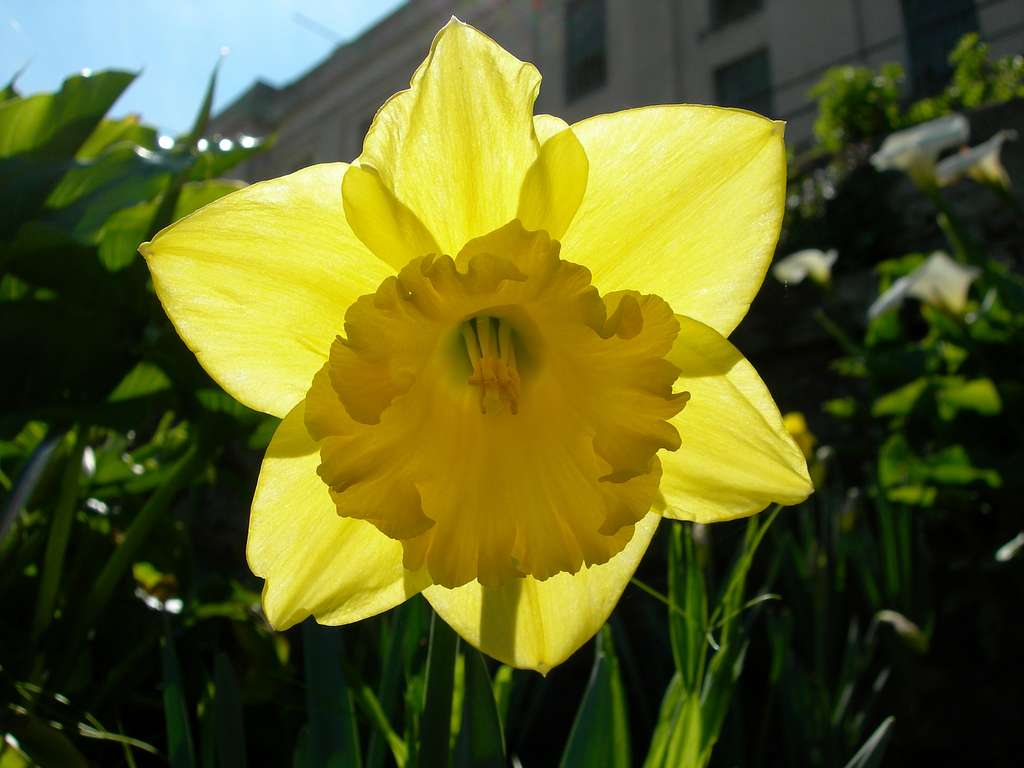
‘Carlton’: A two-toned yellow flower with vanilla fragrance.
‘Gigantic Star’: Saffron yellow, also smelling of vanilla.
‘Ice Follies:’ Creamy white petals and a yellow, flat cup.
‘St. Keverne:’ All-yellow and a superb grower.
Division VII, jonquillas, characterized by several small flowers per stem:
These bulbs prefer hot summers and will reliably return year after year.
‘Dickcissel’ and ‘Pipit’: Both feature yellow pets with a white cup.
‘Quail’: Rich, bronze-yellow flowers that are long-lasting. (Huddleston calls it one of the best in the division.)
Division VIII, tazetta daffodils, characterized by multiple flowers per stem:
‘Avalanche:’ White petals with a yellow cup, with 15 to 20 delicate flowers per stem.
‘Falconet:’ Yellow petals with red cups, with three to five petals per stem.
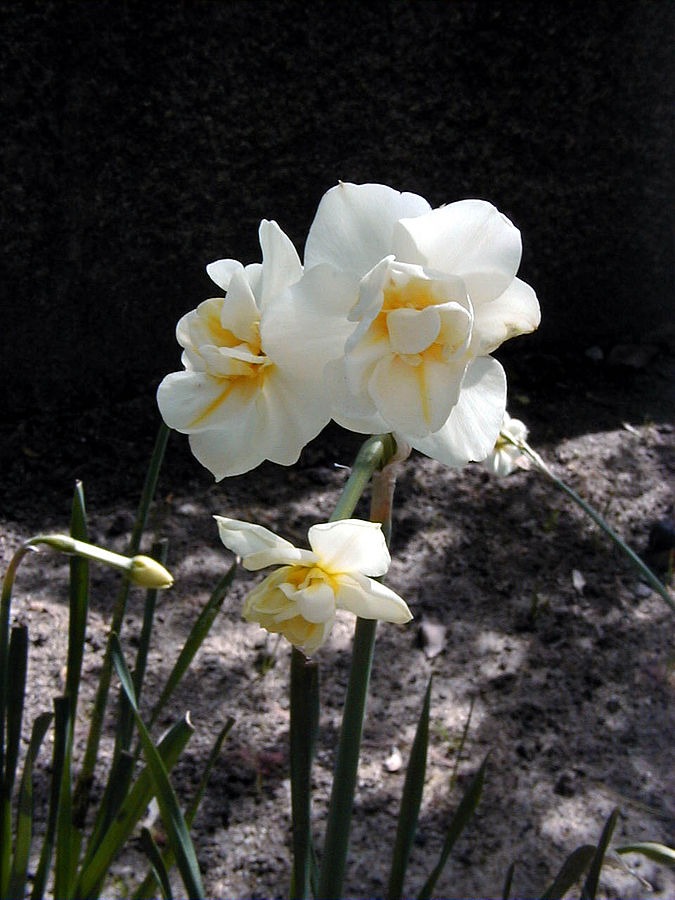
‘Geranium:’ White petals with an orange cup, with three to five petals per stem.
Division IV, double daffodils, characterized by their dense cluster of in the cup:
‘Cheerfulness:’ Creamy white blossoms that smell like gardenias. “This variety is so packed with petals that the flowers almost look like small carnations,” says Huddleston.
‘Erlicheer:’ Soft white flowers with creamy yellow centers and 15 to 20 flowers on each stem. “This variety is particularly suited for naturalization in the South because it does not have a strong chilling requirement to induce flowering,” says Huddleston.
Tulips
The Garden plants tens of thousands of tulips every winter for a dazzling display come spring, and you can do the same–if you’re willing to put in the time and effort.
The flower most people imagine when they hear the word “tulip” is generally a Darwin hybrid tulip; these plants produce long-lasting flowers on strong stems that are perfect for cutting. However, they require a sustained period of cold to bloom. Our winters are too warm and too unpredictable for tulips to reliably bloom.
If you want to grow these tulips, you have a few options. You can buy or order tulip bulbs and refrigerate them at 45 degrees for at least 45 days. (Read up on the process online or in a good gardening book for best results.) You can buy pre-chilled tulip bulbs from mail order services or local nurseries and plant them in January. Or you can visit the Garden and enjoy the work of our experts!
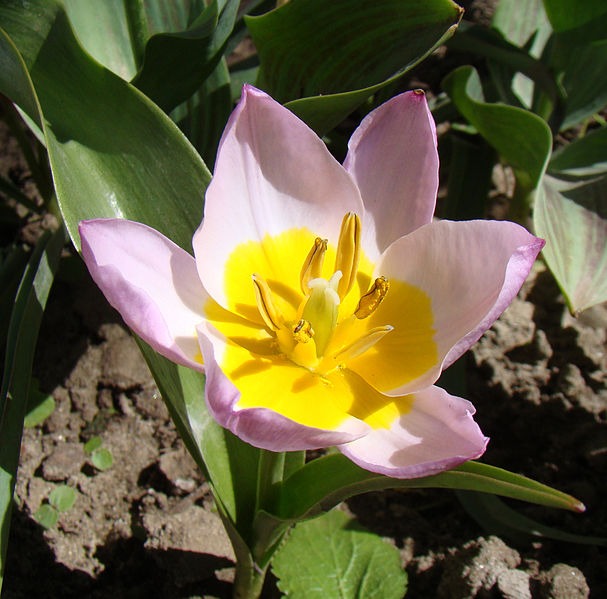
The most reliable tulips for North Texas are species tulips–diminutive flowers that lack the characteristic tulip shape but return year after year. Their main requirement is good drainage.
Some cultivars to look for include the following:
Tulipa bakeri ‘Lilac Wonder:’ A native of Crete, this plant pale lilac-pink flowers with a yellow center. The foliage is less than six inches tall. “The flowers bloom about the same time as bluebonnets and could even be interplanted with them,” says Huddleston.
Tulipa clusiana var. chrysantha ‘Crysantha:’ Petals are red on the outside with a bright golden yellow interior. Total height is six to eight inches.
Tulipa linifolia ‘Flax-leaved tulip:’ Bright scarlet flowers with pointed petals and a jet black center. The red-edged leaves beautifully complement the blooms. This heirloom bulb dates to 1884 and reaches a mature height of four to six inches.
Other Spring-Flowering Bulbs
Some other bulbs to consider for your garden include the following:

Hyacinthoides hispanica, ‘Spanish bluebells:’ Lovely bell-shaped flowers on 15-20” stems. These adaptable plants tolerate dry shade beneath trees, and they bloom in mid-spring when the trees begin to leaf out. They will also thrive in full sun. A variety called ‘Excelsior’ has deep violet-blue flowers that are darker and larger than most. This is another heirloom bulb that dates back to 1906.
Gladiolus communis ssp. Byzantinus ‘Byzantine gladiolus’ corn lily: Another colorful – and heirloom – addition to the spring garden. In April, orchid-like blossoms rise above the sword-shaped foliage. The hooded blossoms are bright magenta, and as many as fifteen florets can line the 24” stems.
Leucojum aestivum ‘summer snowflake:’ The white flowers of this plant look like little white, inverted bells with green dots on the outside of each petal. Summer snowflake naturalizes beautifully, so plant large drifts for a graceful, natural look. A variety called ‘Gravetye Giant’ is a particularly robust selection with much larger flowers.
Planting bulbs is like giving yourself a gift in six months time. You’ll thank yourself later.

